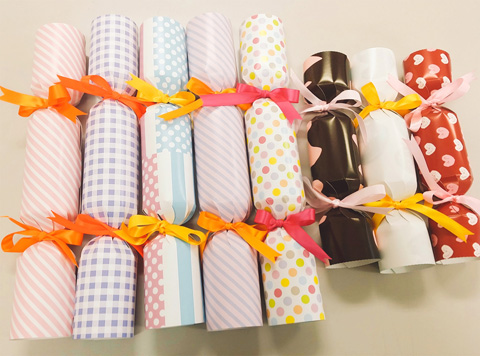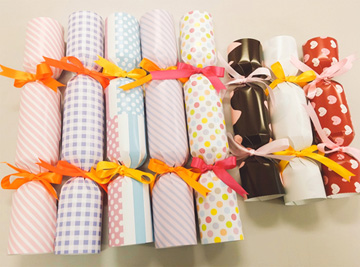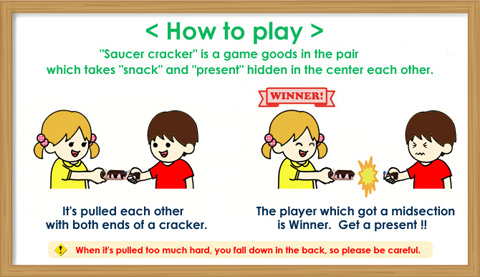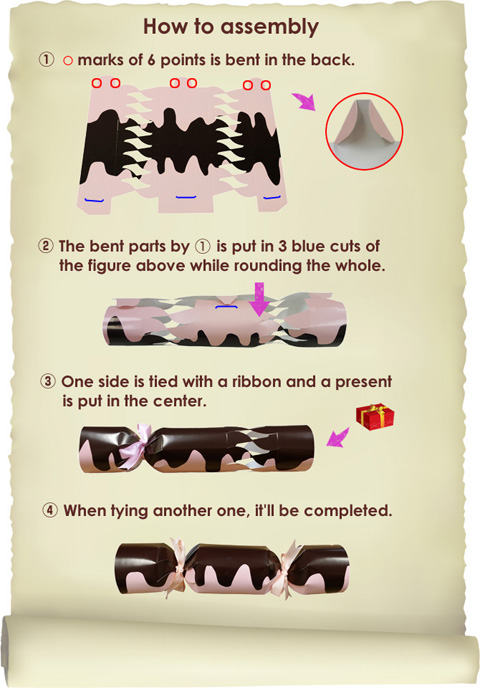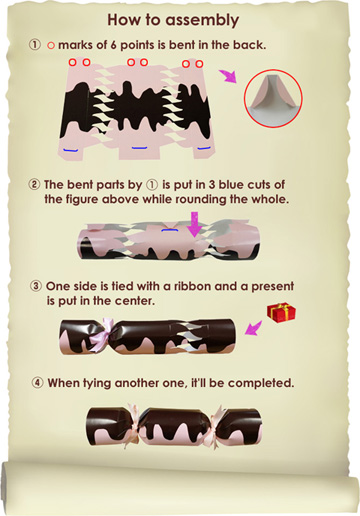

KITTY MASK CASE

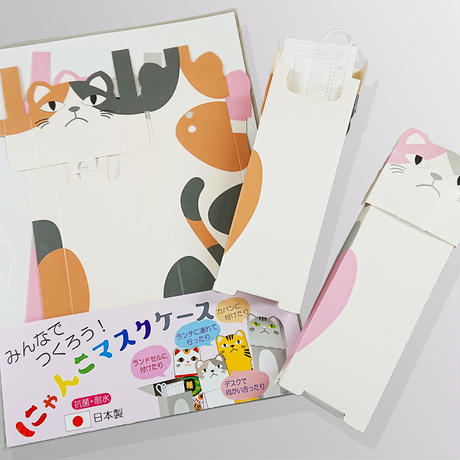
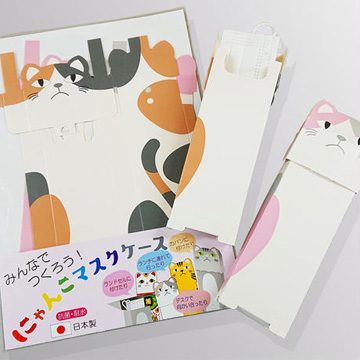
Product Overview
Assembled mask cases.
Products are treated with antibacterial and water-resistant treatment for clean use.
Each set contains 2 pieces.
Please specify your desired set at the time of order.

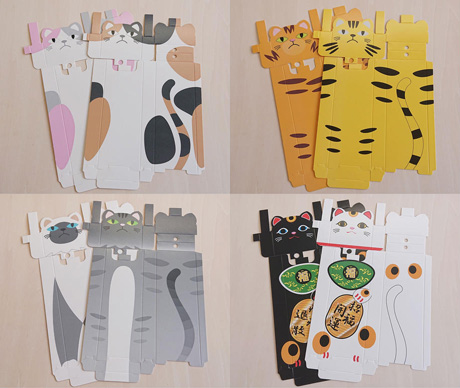
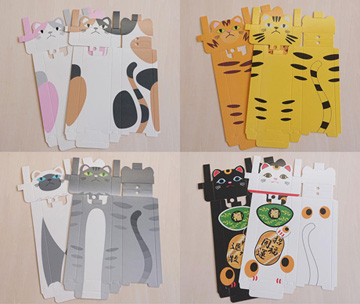
Line-up
> Calico Cat Set> Tabby Cat Set
> Mr.Sasaki's Cat Set
> Beckoning Cat Set
Set Contents
> Product body X 2> Magnet X 2
> Ball Chain X 2




Amabie Mask Strap


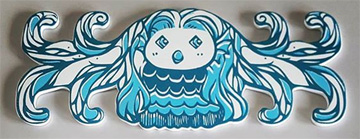
Product Overview
This product is a mask strap. It is used by hooking the strap of the mask on the back of the head (or back of the neck).
It reduces the strain on the ear and relieves pain.



Use Case
If it is loose, hang it inward.

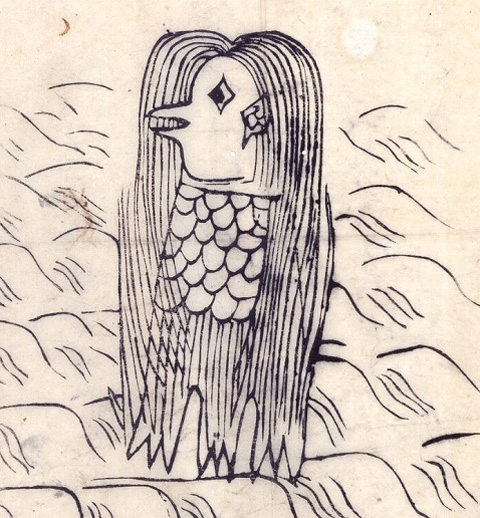
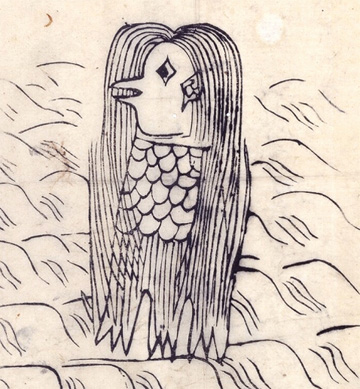
What's Amabie
In mid-April of the 3rd year of Koka, a shiny object appeared in the sea every night, so the officials went there and found it. He announced to the official, "I am Amabie, who lives in the midst of the sea," and said, "For six years from this year there will be good harvests throughout the land, but pestilence will also prevail. Show people the picture I have drawn of myself and show it to them. Then he returned to the sea.




Read Seal Card

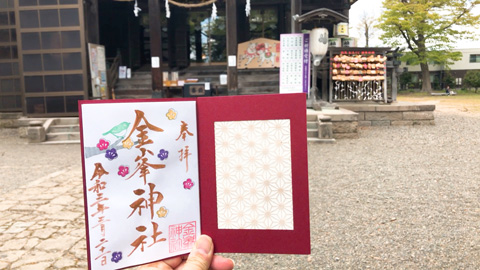
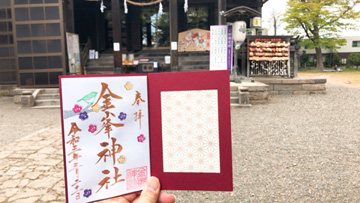
Product Overview
This product is not a red seal book, but a red seal mount intended for stand-alone use.
The cover is designed to resemble Kumiko shoji, a traditional woodworking technique that has been used since the Asuka period to assemble wood into geometric patterns without using nails.
You can also use it as your own personal talisman to seal each precious memory.

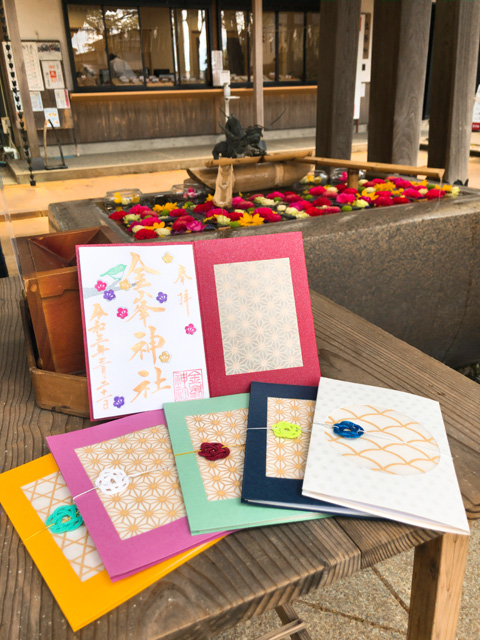
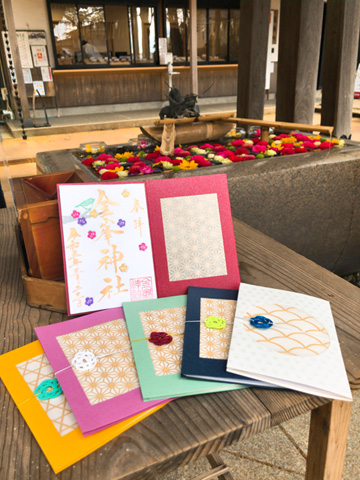
Product Line-up
Six types of cards are available.
Asanoha [Red / Navy Blue / Rose / Young Grass]
Since ancient times, "hemp" has been used in Shinto rituals, and hemp leaf patterns were also used on babies' maternity clothes to ward off evil. Triangles also have the meaning of warding off evil, and hemp leaves, a collection of triangles, is a representative Japanese pattern with stronger meaning and beauty.
Kagome [Yellow]
The design is based on the mesh of a bamboo basket, in the shape of a six-pointed star. It is also used as a pattern to ward off evil spirits, and in ancient times, bamboo baskets were hung in front of doorways in Japan. The stone lanterns around the Ise Jingu Shrine are also carved with Kagome.
Seigaiha [White]
The waves represent the infinite expanse of the world, and the wish is "that people's happy lives will continue forever". The shape of the waves resembles the shape of a fan spreading out at the end, making it an auspicious pattern favored by the Japanese.




Saucer Cracker





